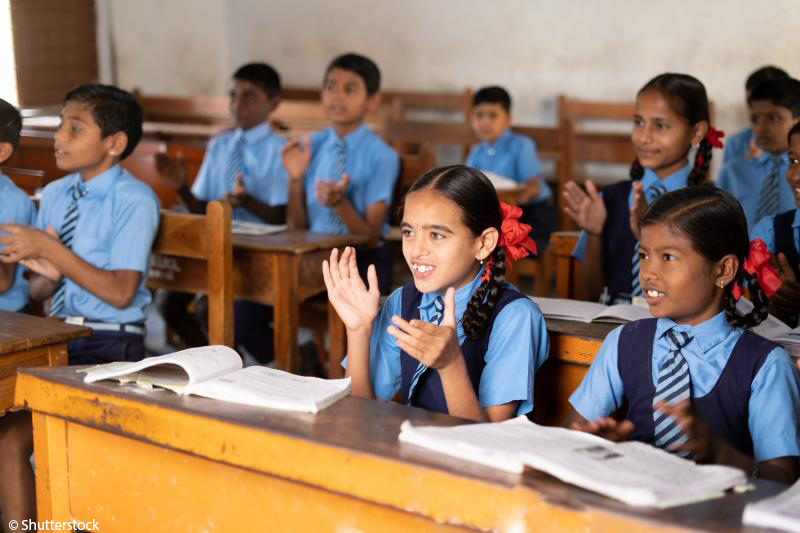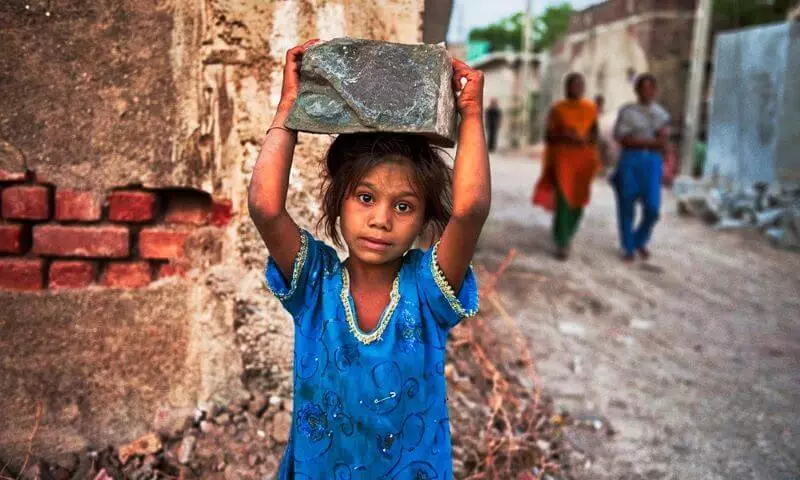Gender Inequality –
“Gender equality is not only a fundamental human right, but a necessary foundation for a peaceful, prosperous and sustainable world.” This opening statement from the United Nations 5th Sustainable Development Goal delivers a clear, powerful message whilst being concise and to the point. Through ‘Shifting Labels’ i am aiming to address this crisis through exploring the obstacles which gender inequality have created across the globe.
Due to the serious nature of this issue I thought it’d be best to not go straight into a library book on gender inequality but to first get a basic understanding of the issue at hand. So before I continue with reading some books and articles on gender inequality I’m going to look at what the definition is and some of the most frequent barriers created due to someone’s gender.
According to Plan International gender inequality is “the condition in which access to rights, resources, and opportunities is unequally distributed between genders, including men, women, boys, girls, and individuals of other gender identities.” This definition is commonly accepted by other charities in the field and I believe this is a good foundation for the game’s message to be built upon. Thinking about this as a game idea, some of the barriers the player has to navigate could be based around the access to rights, resources and opportunities.
Whilst researching about gender inequality there were some major common inequalities that I came across. Probably unsurprisingly to many, women and girls faced the majority of these inequalities. From my understanding here is some of the commonly talked about inequalities;

- Girls Education
- When many, including myself, think of gender inequality you probably think of many less developed countries that block education for girls and think of some of the bravest women in the world such as Malala Yousafzai who was one of the most recent advocates for women’s education in Pakistan. So, it isn’t surprising that this is still one of the major inequalities girls have to face in developing countries.
- However, when reading through Save The Childrens article on gender inequality it brought to light some underlying reasons for this inequality. They stated that due to various forms of social disadvantages such as poverty and conflict significantly magnify the issue. Girls living in areas of conflict are also 2.5 times more likely to be out of school compared to boys (this figure was also supported by Plan International) and in 2020 almost 10 million children were at risk of being forced out of education with girls being significantly more at risk.
- Child Marriage
- Still in 2024 a staggering 1 in 5 girls GLOBALLY experience a child marriage, compared to boys that are ⅙ of that compared to girls. But why is this? Similarly to Girls education due to social disadvantages this issue has seen increases but in general this practice is seeing a steady decline.
- The reason this topic needs to be highlighted and addressed is because of the significant affects of child marriage. According to UNICEF “Girls who marry before 18 are more likely to experience domestic violence and less likely to remain in school. They have worse economic and health outcomes than their unmarried peers, which are eventually passed down to their own children, straining a country’s capacity to provide quality health and education services.”
- There was also a report completed by Wiliam de Vries & Sutarti, 2006 that completed a detailed report on the women of Jambi and had a section highlighting this issue of Child Marriage which went into further detail about this issue
- Gender Based Violence
- Another issue that the majority of women face is domestic violence. The definition of domestic violence defined by plan international is behaviour in a relationship that causes, physical, physiological, or sexual harm to those in that relationship
- 35% of women globally have experienced some sort of physical/ sexual abuse with a intimate partner or non-intimate partener in their life. 1 in every 4 adolescent girls aged 15-19 have already had to go through experiencing IPV at least once in their lifetime so far.
- This issue stems much deeper and I could go on and on about the different types, experiences and situations that occur, but if this does go through to be my final game idea I will delve deeper into this issue.
- Child Labour
- At first thought this doesn’t seem to be an issue of gender inequality, however, it most certainly is. Still in 2024 there are around 156 million estimated children that are forced into work and taken out of education at a young age. Girls and boys both face this issue but suffer different fates. Girls are pushed in the societal stereotypes for women being in charge of chores and household tasks. Whereas, boys are more generally forced to provide by being forced into more harmful work such as construction and farming.
- Adding onto this though, still girls are more likely to be pulled out from education and face issues such as slavery and sexual exploitation. Like many of the other issues this is caused due to an increase in social disadvantages

Bibliography for research page –
- What is gender inequality? (2024) Plan International. Available at: https://plan-international.org/learn/what-is-gender-inequality/
- Gender equality (2024) UNICEF. Available at: https://www.unicef.org/gender-equality
- Wiliam de Vries, D. and Sutarti, N. (2006) Gender equity: Revealing the reality for the women of Jambi – CIFOR-ICRAF Knowledge, CIFOR. Available at: https://www.cifor.org/knowledge/publication/2159/
- Gender discrimination causes inequality between girls and boys around the world (2024) Save the Children. Available at: https://www.savethechildren.org/us/charity-stories/how-gender-discrimination-impacts-boys-and-girls